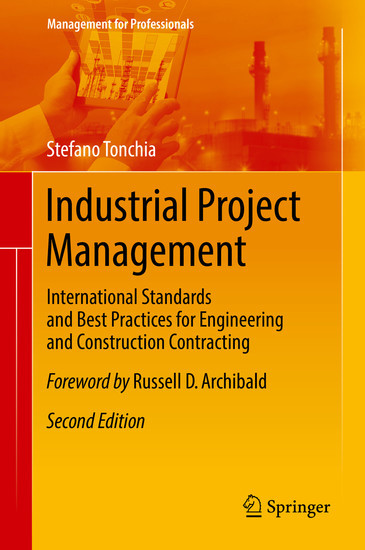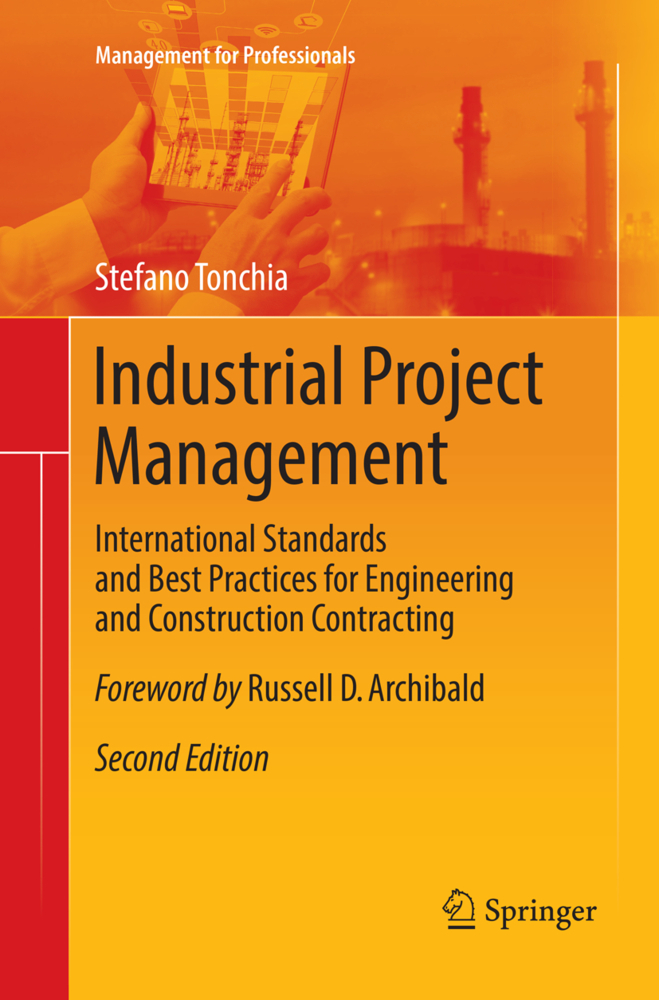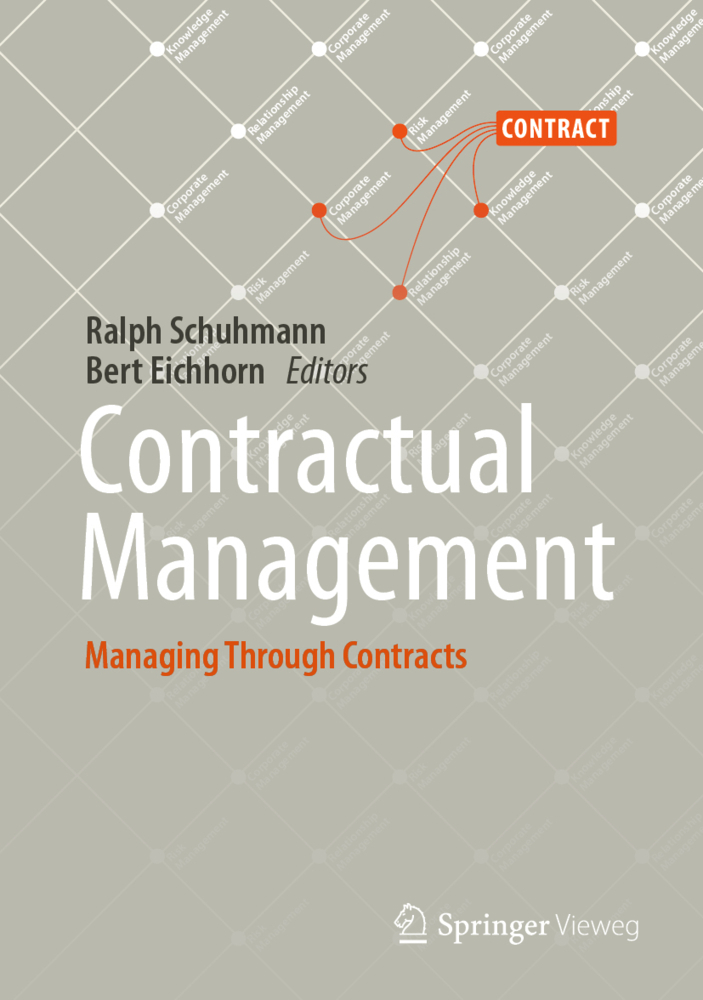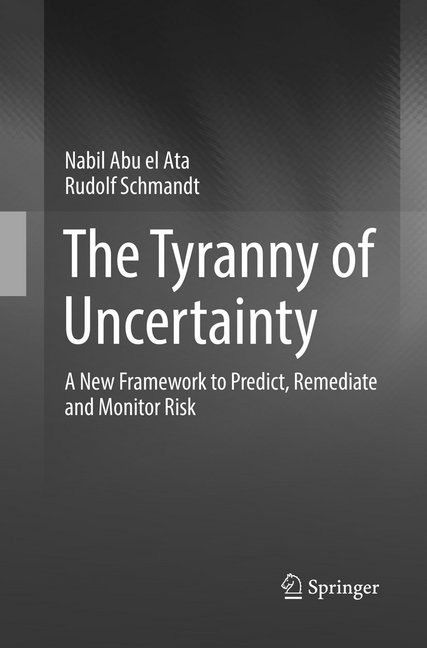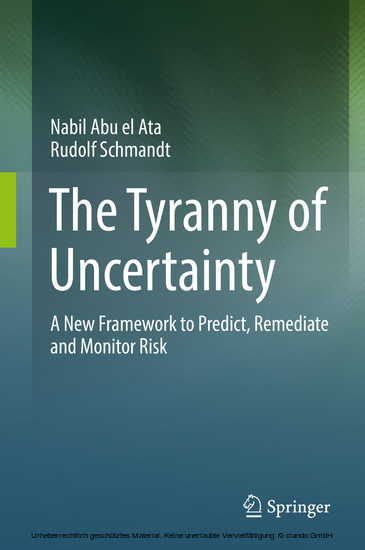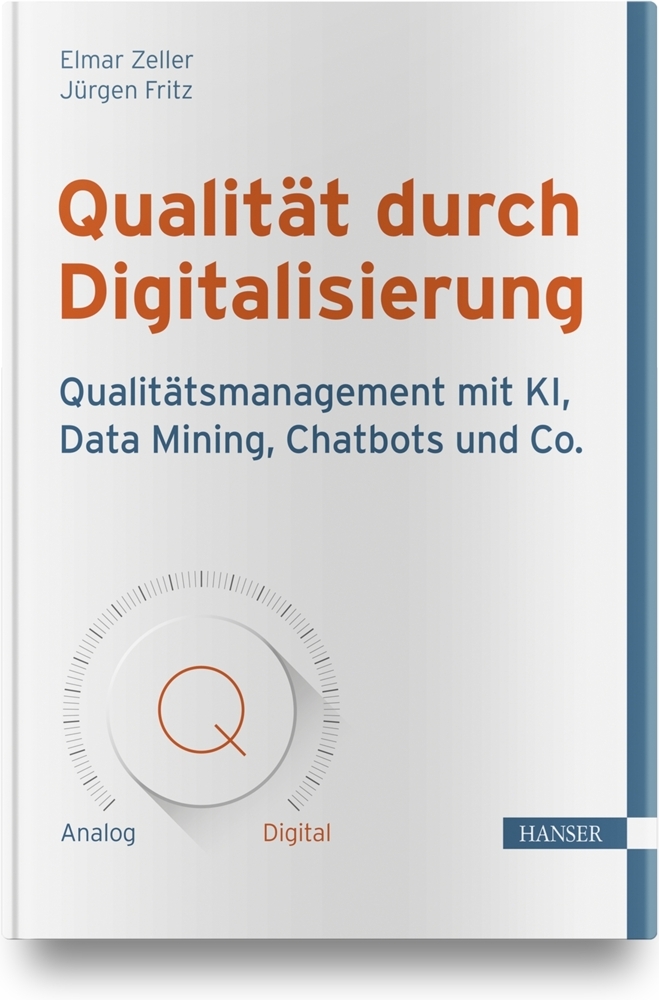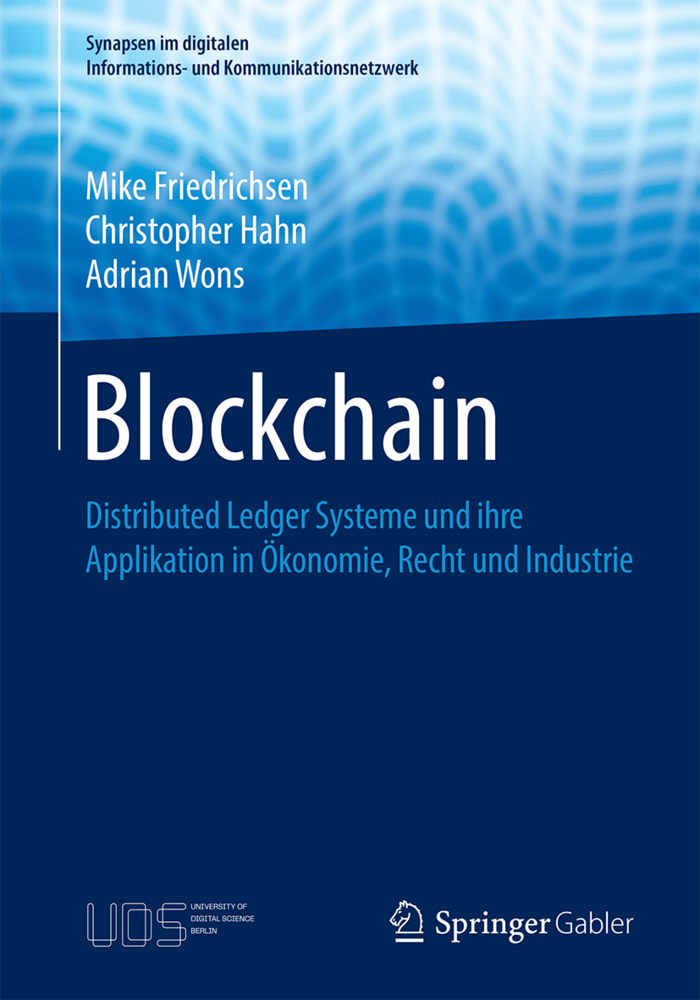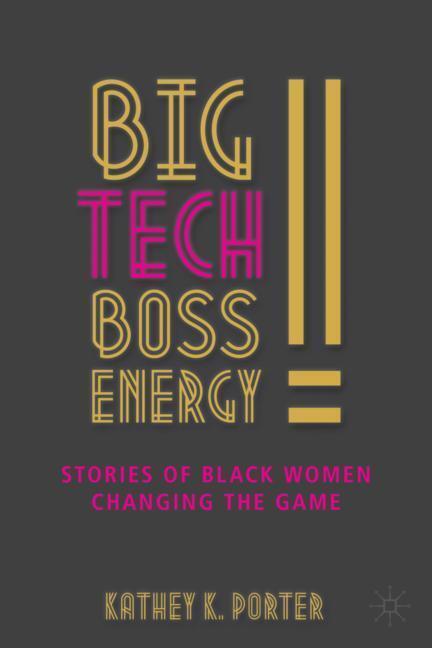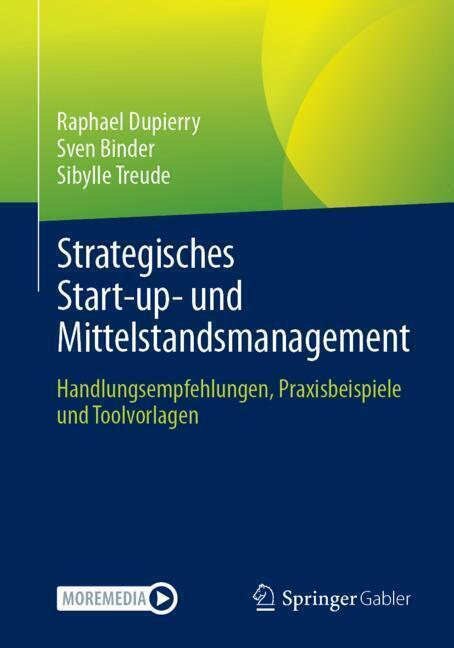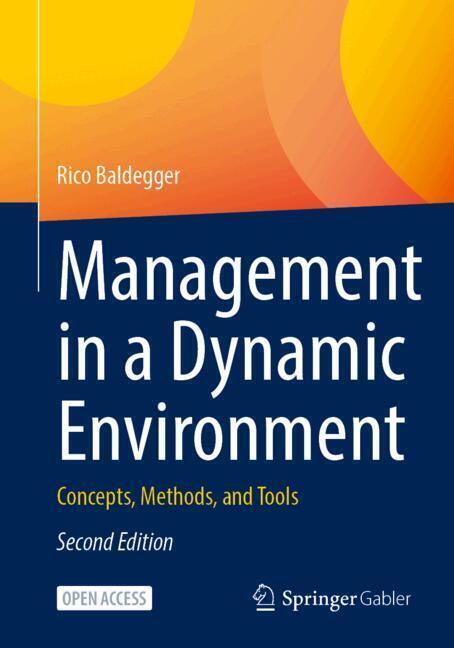Industrial Project Management
International Standards and Best Practices for Engineering and Construction Contracting
This book describes the principles and techniques in Project Management as applied to Engineering & Construction Contracts (ECC), conforming with relevant international standards (PMI - IPMA - ISO 21500), and pursuing a fully company-wide, process-based, multi-project approach.
Uniquely, the book combines Project Management fundamentals with international contracting practices, which shape the planning, design and construction of large and complex works (such as plants, machinery, infrastructures and buildings) worldwide. The rigorous academic approach is mixed with the managerial contributions of Danieli, one of the world's top three suppliers of plants and equipment to the metals industry.
The book has been updated to reflect the PMBOK 6th edition (September 2017), presents best practices in PM from around the globe, and addresses new trends in PM such as Agile, SCRUM, etc. Lastly, a dedicated section covers the professional use of the reference software Microsoft Project .
Stefano Tonchia, Ph.D., is Full Professor of Innovation & Project Management at the University of Udine, Italy. Formerly he was the Dean of the Project Management School of Alenia Aeronautica, the Italian Aeronautics Company. He has written several articles in international journals, and published several international books (including 'Process Management for the Extended Enterprise' in 2004 and 'Performance Measurement' in 2008, both published by Springer). He works jointly with major international institutions and leading companies.
Uniquely, the book combines Project Management fundamentals with international contracting practices, which shape the planning, design and construction of large and complex works (such as plants, machinery, infrastructures and buildings) worldwide. The rigorous academic approach is mixed with the managerial contributions of Danieli, one of the world's top three suppliers of plants and equipment to the metals industry.
The book has been updated to reflect the PMBOK 6th edition (September 2017), presents best practices in PM from around the globe, and addresses new trends in PM such as Agile, SCRUM, etc. Lastly, a dedicated section covers the professional use of the reference software Microsoft Project .
Stefano Tonchia, Ph.D., is Full Professor of Innovation & Project Management at the University of Udine, Italy. Formerly he was the Dean of the Project Management School of Alenia Aeronautica, the Italian Aeronautics Company. He has written several articles in international journals, and published several international books (including 'Process Management for the Extended Enterprise' in 2004 and 'Performance Measurement' in 2008, both published by Springer). He works jointly with major international institutions and leading companies.
1;Foreword;62;Contents;83;About the Author;124;Part I: Project Management: Fundamentals and Perspectives;134.1;1: Introduction;144.2;2: The International Standards of Project Management;184.2.1;2.1 Project Management for Business Results;184.2.2;2.2 PM International References;204.2.3;2.3 PM as an International Standard: PMBOK and ISO 21500;224.2.4;2.4 New Perspectives on Project Management;244.2.5;2.5 Agile Project Management;264.3;3: The Project Management Process;324.3.1;3.1 Project Management: A Process-Based Approach;324.3.2;3.2 Operations Management and Project Management;354.3.3;3.3 Types of Projects;394.3.4;3.4 Managing Innovation;394.3.5;References;425;Part II: Engineering and Construction Projects;435.1;4: Management of Contract Work;445.1.1;4.1 Legal Aspects and Contract Administration;445.1.2;4.2 Types of Contract Work;455.1.3;4.3 The Life Cycle of Contract Work Orders;485.1.4;4.4 The Organization of ETO/ECC Companies;515.1.5;4.5 From Engineering to Manufacturing and Construction;535.2;5: Product Design;585.2.1;5.1 Delivering a New Product;585.2.2;5.2 The Stages of NPD;595.2.3;5.3 Managing NPD;625.2.4;5.4 Platform Management;665.2.5;References;705.3;6: Service Design;715.3.1;6.1 The Quality of Service;715.3.2;6.2 Designing Service Content;735.3.3;6.3 Designing Service Delivery;745.3.4;6.4 Process-Based Service Improvement;755.3.5;References;786;Part III: Project Scope and Structuring;796.1;7: Managing a Project;806.1.1;7.1 Project Charter;806.1.2;7.2 Project Scope;816.1.3;7.3 Breakdown Structures: WBS;826.1.4;7.4 Project Planning and Control;866.2;8: Project Strategy Management;886.2.1;8.1 Strategic Planning;886.2.2;8.2 Project Management Strategies;906.2.3;8.3 Project Management Performances;946.2.4;References;986.3;9: Project Quality Management;1006.3.1;9.1 Designing with the Customers;1006.3.2;9.2 Designing with the Suppliers;1046.3.3;9.3 Design for Manufacturability;1076.3.4;9.4 Reducing Variety;1096.3.5;9.5 Simultaneous Engineering;1156.3.6;9.6 Reverse Engineering;1166.3.7;References;1197;Part IV: Managing Project´s Variables;1217.1;10: Project Time Management;1227.1.1;10.1 Time Representation: Gantt Chart and Network Diagram;1227.1.2;10.2 Network Techniques: CPM, MPM, PERT, GERT, VERT;1267.1.3;10.3 CPM: Activity Scheduling and Float Analysis;1297.1.4;References;1347.2;11: Project Organization and Resource Management;1357.2.1;11.1 Company-Wide Project Management;1357.2.2;11.2 Organizational Structures for Project Management;1367.2.3;11.3 The Role of Project Manager;1417.2.4;11.4 The Profession of Project Manager;1447.2.5;11.5 Project´s Work Loading;1457.2.6;References;1467.3;12: Project Communication;1477.3.1;12.1 Communication Management;1477.3.2;12.2 Project Leadership;1487.3.3;12.3 Project Teamworking;1497.3.4;12.4 Definition of Responsibilities;1517.3.5;12.5 Meeting Management and Project Reporting;1537.3.6;12.6 Conflict Management;1557.4;13: Project Cost Management and Finance;1577.4.1;13.1 Types of Project Costs;1577.4.2;13.2 Cost Estimating and Project Budget Calculation;1587.4.3;13.3 Cost Budgeting: Budget Breakdown Structure, Baseline, Cost Accounts;1627.4.4;13.4 Cost Control and Variance Analysis;1657.4.5;13.5 Capital Budgeting: Analysis and Evaluation of an Investment Project;1687.4.6;13.6 Project Financing;1717.4.7;Reference;1748;Part V: From Single to Multi-Project Management;1758.1;14: Portfolio Management;1768.1.1;14.1 Managing Project Portfolio;1768.1.2;14.2 The Project Management Office (PMO);1788.1.3;14.3 The ``3R´´ Matrix;1798.1.4;14.4 PMI Standard for Portfolio Management;1808.2;15: Program Management;1828.2.1;15.1 Definition of Program Management;1828.2.2;15.2 Evolution of Program Management;1838.2.3;15.3 Modern Program Management Relationships;1848.2.4;15.4 The Aviano 2000 Experience;1878.2.5;15.5 Program Office;1908.2.6;15.6 The Future of Program Management;1918.3;16: Project Risk Management;1
Tonchia, Stefano
| ISBN | 9783662563281 |
|---|---|
| Artikelnummer | 9783662563281 |
| Medientyp | E-Book - PDF |
| Auflage | 2. Aufl. |
| Copyrightjahr | 2018 |
| Verlag | Springer-Verlag |
| Umfang | 342 Seiten |
| Sprache | Englisch |
| Kopierschutz | Digitales Wasserzeichen |

